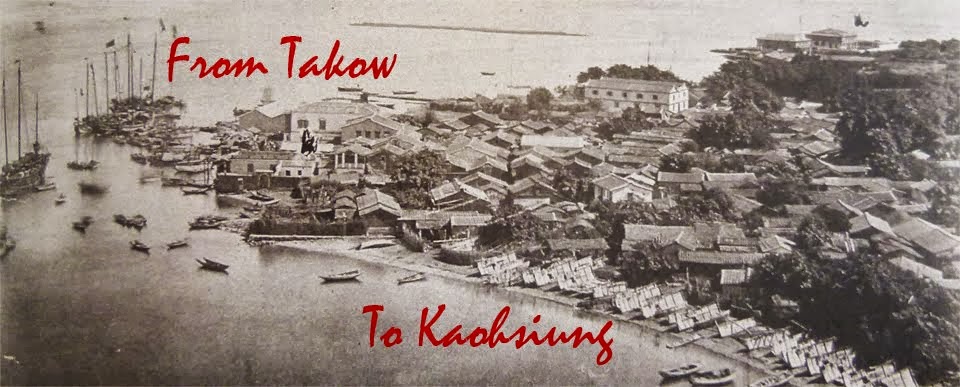 Yeliu (野柳; lit. “wild willows”). Most of the large number of tourists visiting the geopark on the spit of land at Yeliu in Wanli District, New Taipei City, will be unaware that its bizarrely shaped rocks might also be behind the village’s name, which on the surface means “wild willows”.
Yeliu (野柳; lit. “wild willows”). Most of the large number of tourists visiting the geopark on the spit of land at Yeliu in Wanli District, New Taipei City, will be unaware that its bizarrely shaped rocks might also be behind the village’s name, which on the surface means “wild willows”.
While some suggest it is
a) a transliteration of an Aboriginal place name,
also hypothesized (for example on New Taipei City website) is
b) the partial transliteration of European seafarers’ description of the site.
Dutch called it Duijvel Hoek and Spanish Punto Diablos, both meaning “Devil’s Cape”. Loss of the D and B from diablos is said by some of having led to 野柳 (Hoklo: la-liu).
[MC: this explanation seems as bizzare as the rocks' shapes and needs further checking]
Wanli (萬里; lit. "myriad neighbourhoods") is located between Jinshan and Keelung, it was sometimes part of Jinshan (Jinbaoli; 金包里) sometimes of Keelung. In 1950 it was transfered from Keelung City administration to become a township in Taipei County (now New Taipei City).
Wanli is a shortened form of 萬里加投 (Hoklo: ban-li-ka-tau), possibly an earlier Aboriginal name or a transliteration of the Spanish name Barien for this area. The NTC source says Wanli Harbor was originally called 瑪鍊 (Hoklo: be-lien; lit. "agate smelt/chain") [This also requires further checking.]
Text and photos copyright Jiyue Publications

























